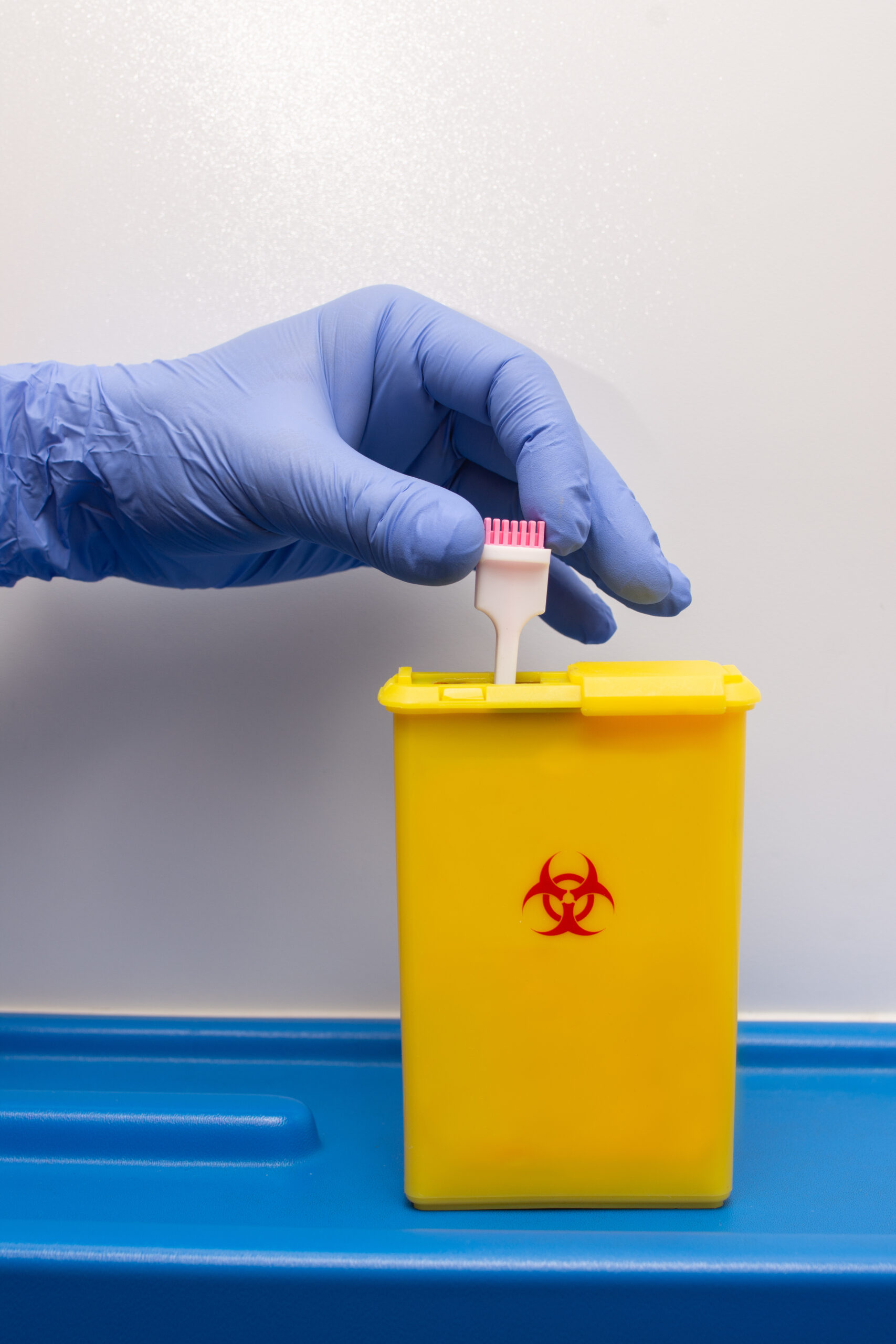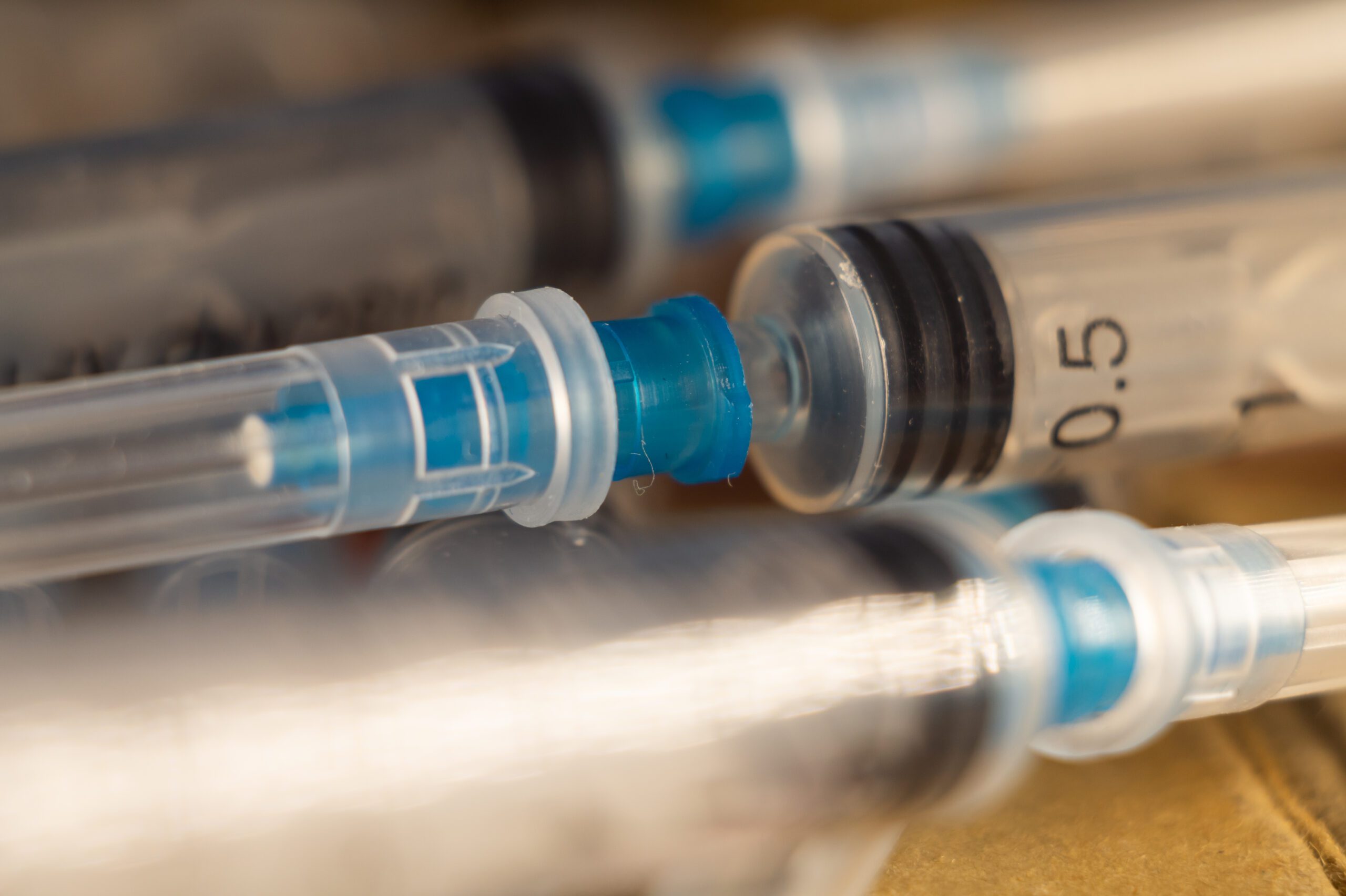Anthropologist Edward Hall first coined the phrase "social distancing" back in 1963, but it's taken on a whole new meaning since the COVID-19 pandemic.
Everyone from Dr. Fauci to the CDC recommends social distancing as a way to protect ourselves from the coronavirus. And there's no doubt that keeping our physical distance from others is the wisest course of action right now.
But what does science say about the spread of disease? How far do germs travel when we cough or sneeze? Is social distancing on its own enough to keep you safe, or do you need to take other steps too?
In this post, we'll dive into some fascinating research that reveals how far germs spread. We'll also discuss practical disease prevention tips that will keep you and your loved ones safe.
How Do Cough & Sneeze Droplets Travel?
What exactly happens when you sneeze or cough? Do those germs fall to the ground or drift off into the air? According to researchers, it's a mix of both. The "cloud" of liquid and suspended particles we emit with a sneeze or cough is called turbulent gas. Some of these liquid droplets fall onto nearby surfaces, while others stay suspended in the nearby air. Social distancing dictates that we keep 6 feet of space between us and the next person, but is that enough distance to prevent the spread of disease? Is there an invisible "wall" at this distance that germs can't get past? Let's see what science says.How Far Do Germs Travel?
If you think 6 feet is enough distance to prevent you from getting sick, think again. A recent study from the American Medical Association found that liquid droplets from coughs and sneezes can travel as far as 26 feet. Under the right circumstances (temperature and humidity level), the droplets can also remain suspended in the air for several minutes. Stop and think about that. If you're on the other side of the room from someone's sneeze, those germs can still make their way over to you. And if you enter a room minutes after someone sneezed or coughed there, those particles can still be floating in the air—and they can still make you sick. This poses an especially high threat to healthcare workers who work in close proximity with sick people. But the same principles apply in non-medical settings, too, like grocery stores, coffee shops, or other public areas.How Small Are These Droplets?
It's easy to be dismissive about tiny droplets in the air. Like the virus itself, we can't see it with our eyes, so it's easy to be lulled into a false sense of security. But consider this: A single cough can produce 3,000 liquid droplets, while one sneeze can launch 40,000 infected droplets into the air. Just how tiny are each of these droplets? A strand of human hair is between 60 and 120 microns thick. By comparison, a liquid droplet may be as small as one micron! Droplets this small aren't technically droplets anymore. They're called aerosols, and they present an additional danger.What Are Aerosols?
If you're picturing tiny particles coming out of a pressurized container (like a bottle of hairspray), you're right. Aerosols are a mix of solid and liquid particles that are so tiny they remain suspended in the air. Because the coronavirus is so new, researchers don’t yet know how many particles infected people could expel in the average droplet. What they do know is that aerosol droplets (the tiniest ones) can linger in the air for many hours after a sneeze or cough. There's more too. If these aerosols come into contact with a ventilation system (heating or air-conditioning), they're light enough to get sucked into that air current. Another AMA study found traces of COVID-19 on the exhaust outlets of several patients' rooms.What's the Best Way to Prevent Disease?
So what's the takeaway from this research? Are we all doomed to contract coronavirus no matter what we do? Not necessarily. You may not have control over the actions of others, but there are several practical steps you can take to minimize your chance of getting sick. Now that you know how far germs spread (and how long they can stay in the air), do you think that social distancing on its own is enough to keep you safe? The conclusion is clear: You need to do more. The CDC recommends wearing a face mask in public for the foreseeable future. This recommendation applies to all 50 states, whether you're in a large city or a small town. Respirator masks like the N95 offer the best protection from the virus. If you can't find N95 respirator masks, the KN95 mask has been approved as an alternative. It's also acceptable to wear a surgical mask or, at the very least, cover your nose and mouth with a bandana or other homemade covering. It won't provide the same level of protection as a medical-grade face mask, but some protection is surely better than none. Your best chance of staying healthy is to combine these recommendations with common sense. Maintain social distance, wash your hands often, and wear a mask if you enter a public space. If the weather allows, you should also open your doors and windows to allow fresh air to circulate. This will minimize the chance of germs getting trapped in your airspace and making you sick.How Far Do Germs Travel? Now You Know
Were you surprised by some of the facts and figures in this article? Do you have a clearer understanding of why social distancing alone isn't enough? The truth is that infected droplets can spread much further than 6 feet. If you factor in ideal air conditions and indoor ventilation systems, these germs could spread even further. Social distancing is an important step, but it's only the first one. To ensure you and everyone around you remain safe, you also need to protect yourselves with face masks. Don't leave your health to chance! Click here to view our collection of protective face masks and order your supply today.Recent Posts
-
 Yesenia05/23/2025
Yesenia05/23/2025Syringe Filters-Why They Matter in Laboratory Applications
-
 Yesenia05/15/2025
Yesenia05/15/2025Proper Disposal of Used Syringes and Needles: A Complete Guide
-








